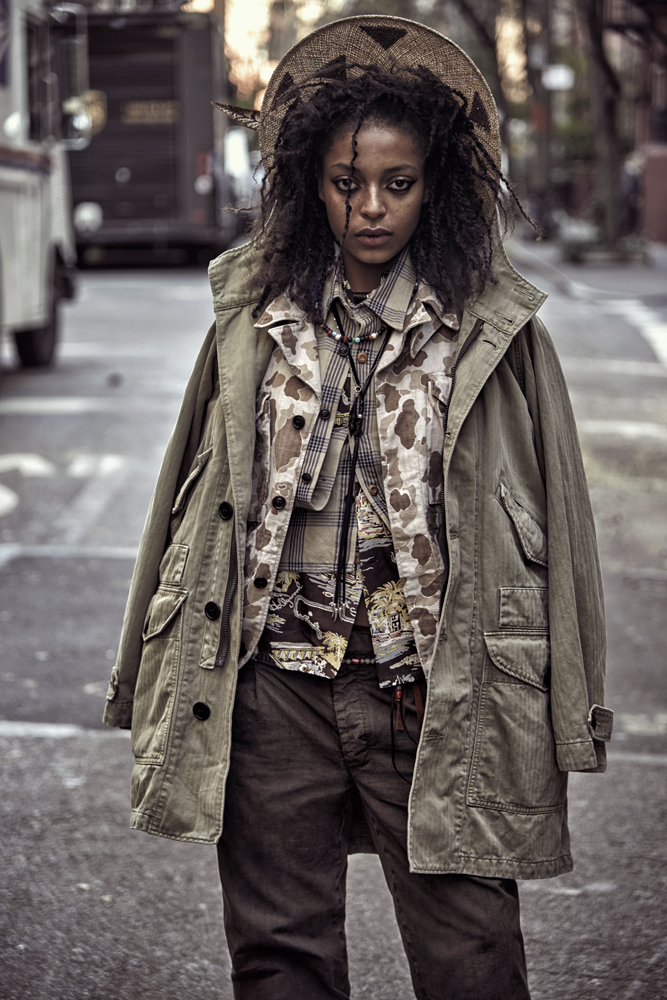Hiroki Nakamura
Whatever I design is a reflection of myself, and I’m still finding out what I like. Hiroki Nakamura
Can a humble object provide deep, existential meaning to its owner? Can the design process by which that object came into being, too, be a pathway toward self-discovery for its maker? For much of his adult life, Hiroki Nakamura has behaved as if it might.
Even before he founded the luxurious Japanese workwear brand Visvim in 2001 and became the high priest of vintage-inspired denim and meticulously constructed menswear with a fervent fan base (among whom John Mayer and Kanye West are the most prominent of collectors), Nakamura had been conducting his career as a kind of walkabout, collecting, studying, and going on expeditions to far-flung parts of the world to see where the stuff he loved was made. “I’d been collecting vintage outdoor clothes for years,” he says, “and at one point—I was in my twenties—I was like, ‘Why do I like this stuff?’ ” With his collection in tow, Nakamura says, “I went to Alaska to wear it and did the extreme outdoor stuff, and I was like, ‘Um, no. I want to wear this in the city.’ ”
But if he discovered that his attraction to certain clothes was less about the lifestyle they suggested than the pure pleasure in putting them on, Nakamura, whose parents owned a manufacturing company in his native city of Kofu, Japan, did find out what led him to the particular pieces he liked. “They are human,” he says, on the phone from Los Angeles, where he spends much of his time. “I like that kind of humility—if I can feel someone in their design, feel their purpose, there’s a truth there. So I thought, ‘I’m going to start a brand, because I want to find the same meaning.’ ”
The brand he then started takes its name from the Latin vis and vim, two forms of the word for power, and like the mountaineering garb he’d been collecting, Visvim clothes were always meant to last. In 2011, for the brand’s tenth anniversary, Nakamura had a retrospective at a gallery in Tokyo, with pieces from his archive hanging on the walls like denim Rauschenbergs. And if some of his more exclusive pieces (hand-woven and -dyed kimono-shaped denim jackets, say), which he calls explorations, do have the craftsmanship, scarcity, and perhaps endurance of fine art-and thus the same expense—Nakamura is not all backward-looking. In 2013, Visvim launched a womenswear line, designed by Nakamura’s wife, Kelsi, with whom he has been collaborating for years. And though he may well have arrived, Nakamura is still on a journey. “I’m just finding myself,” he says. “Whatever I design is a reflection of myself, and I’m still finding out what I like. I want to be happy, first of all. I was pushing myself so hard to do something different, something unique, but now I want to be authentic to myself. I want to learn to be myself.”







